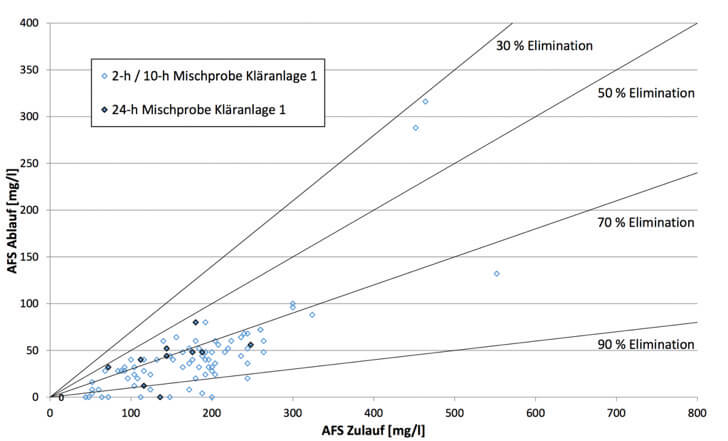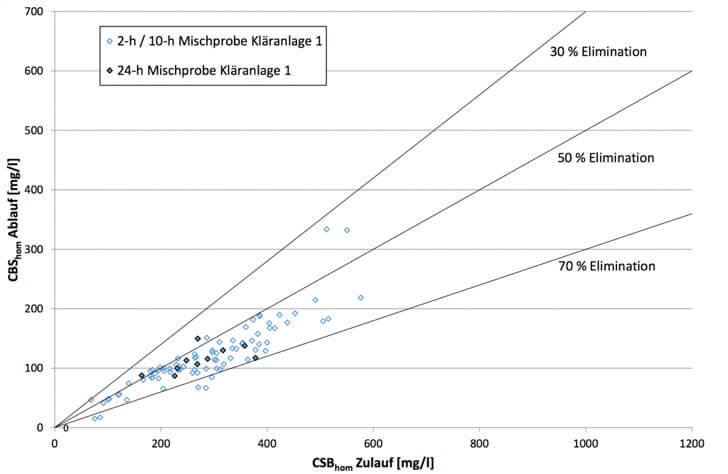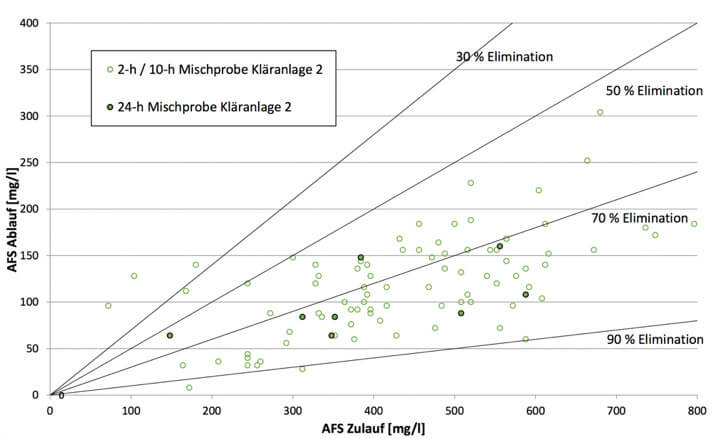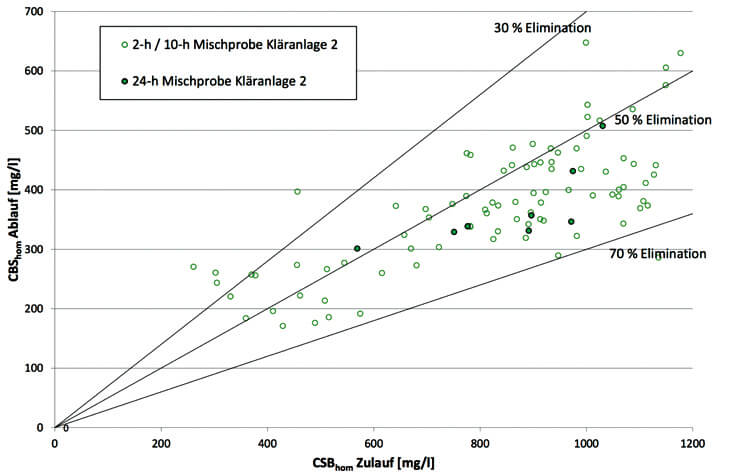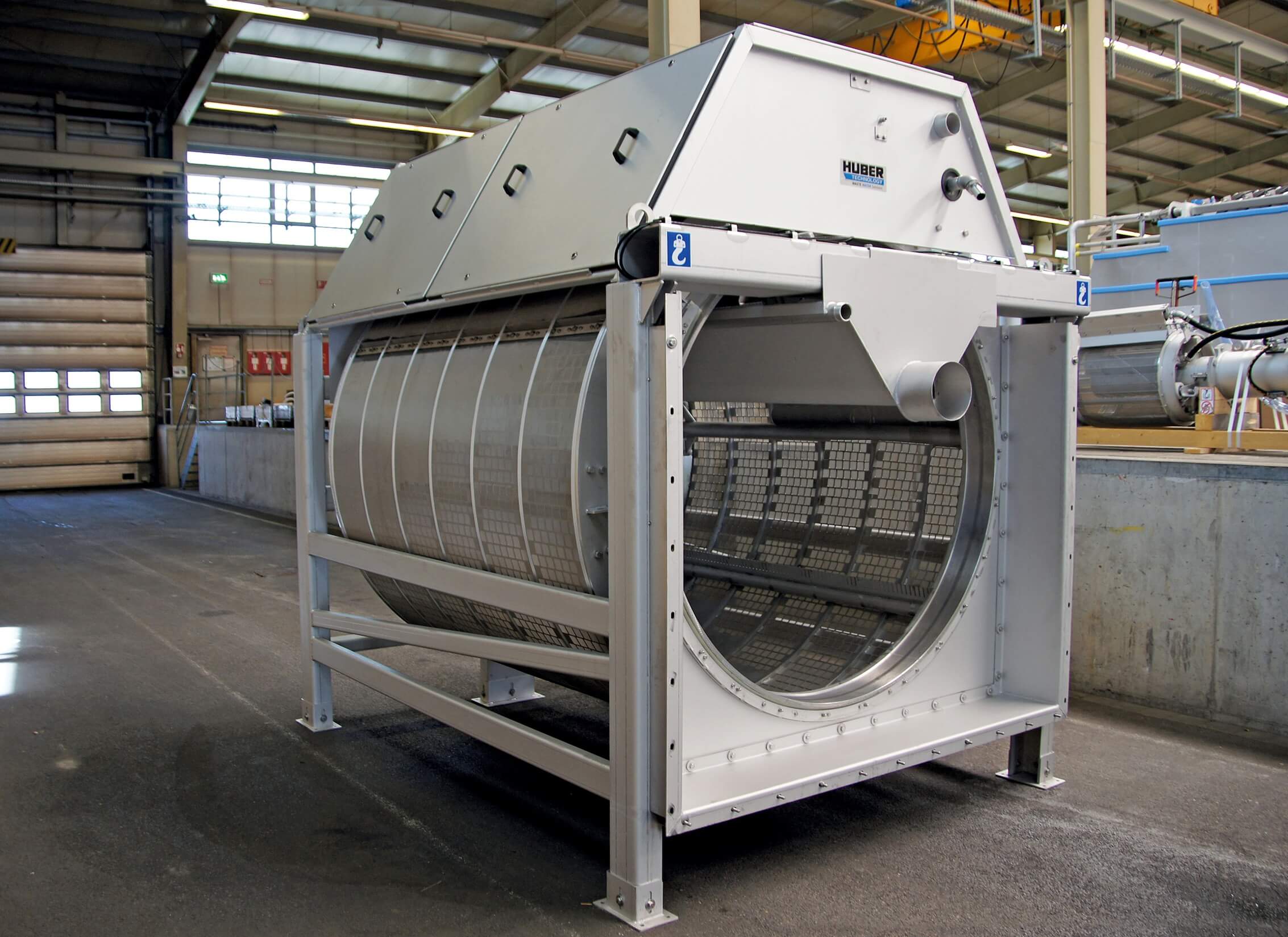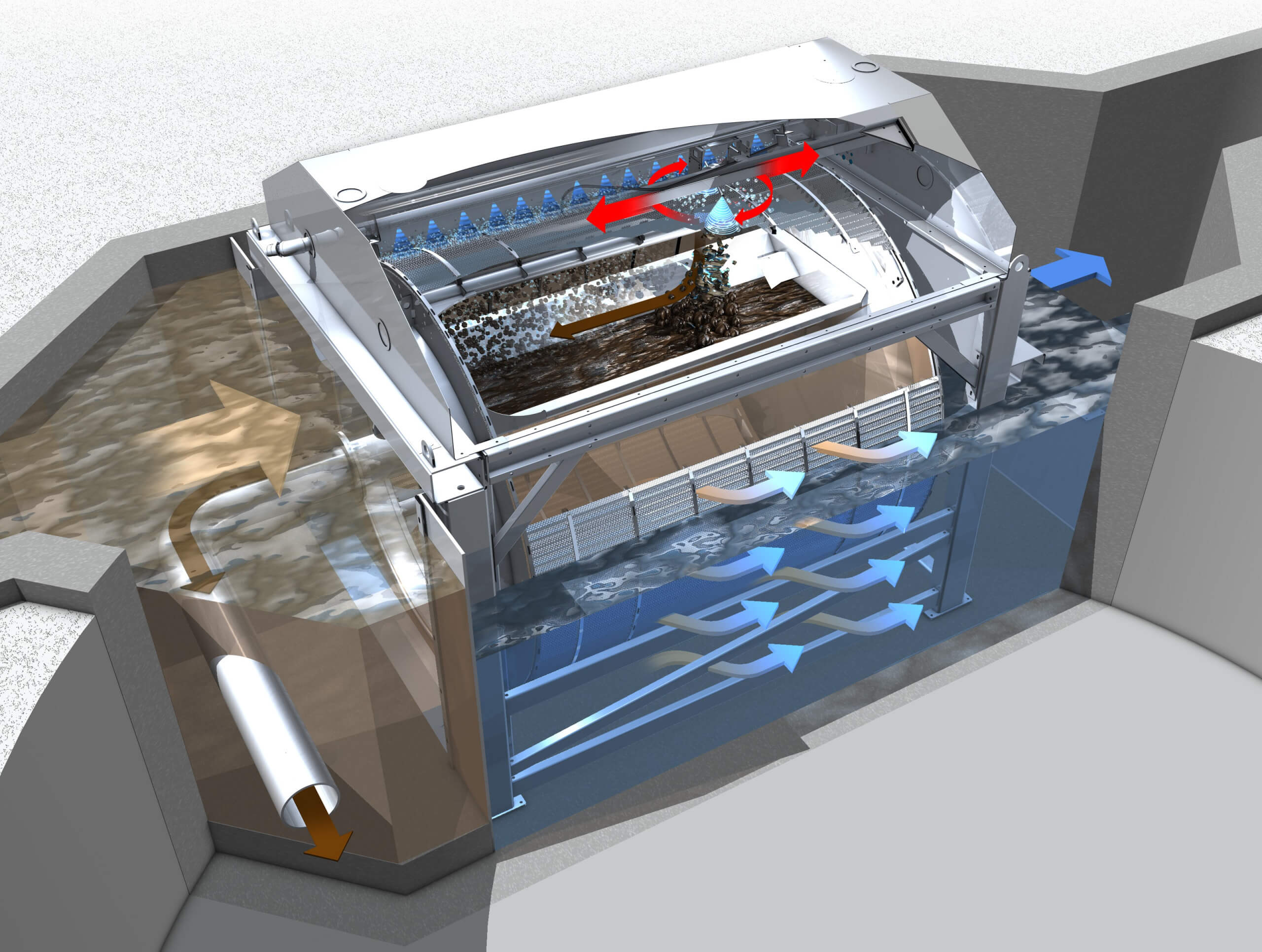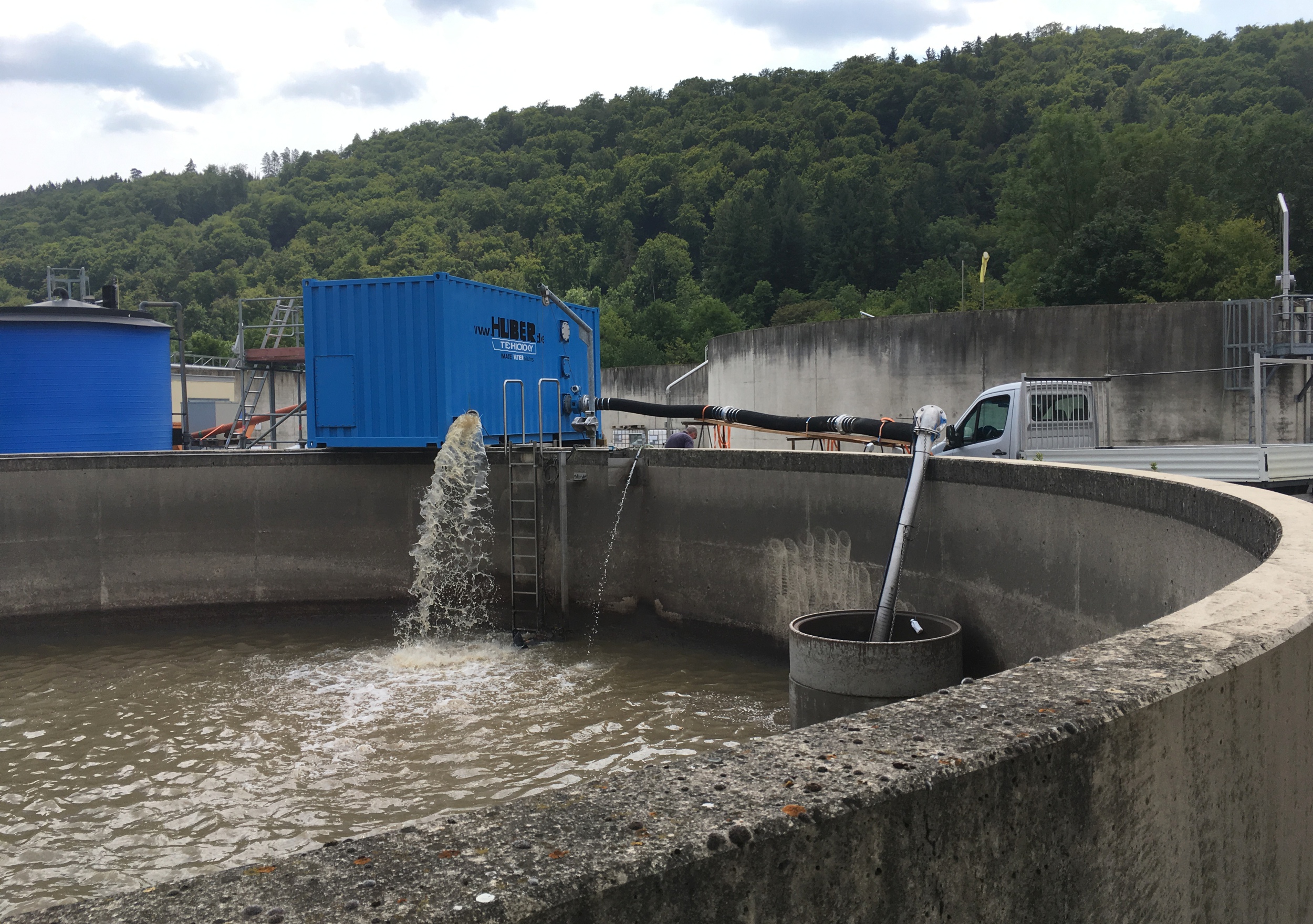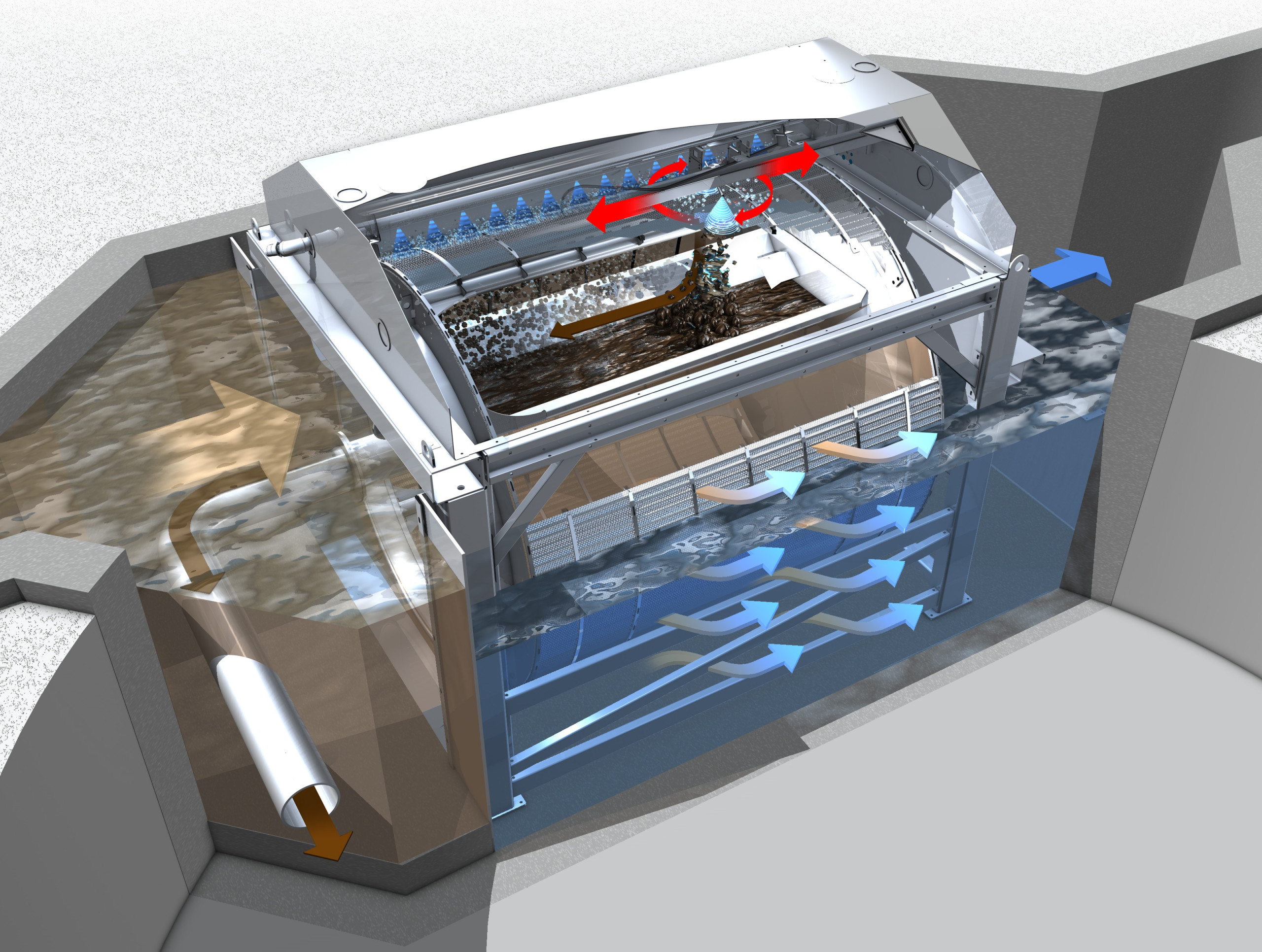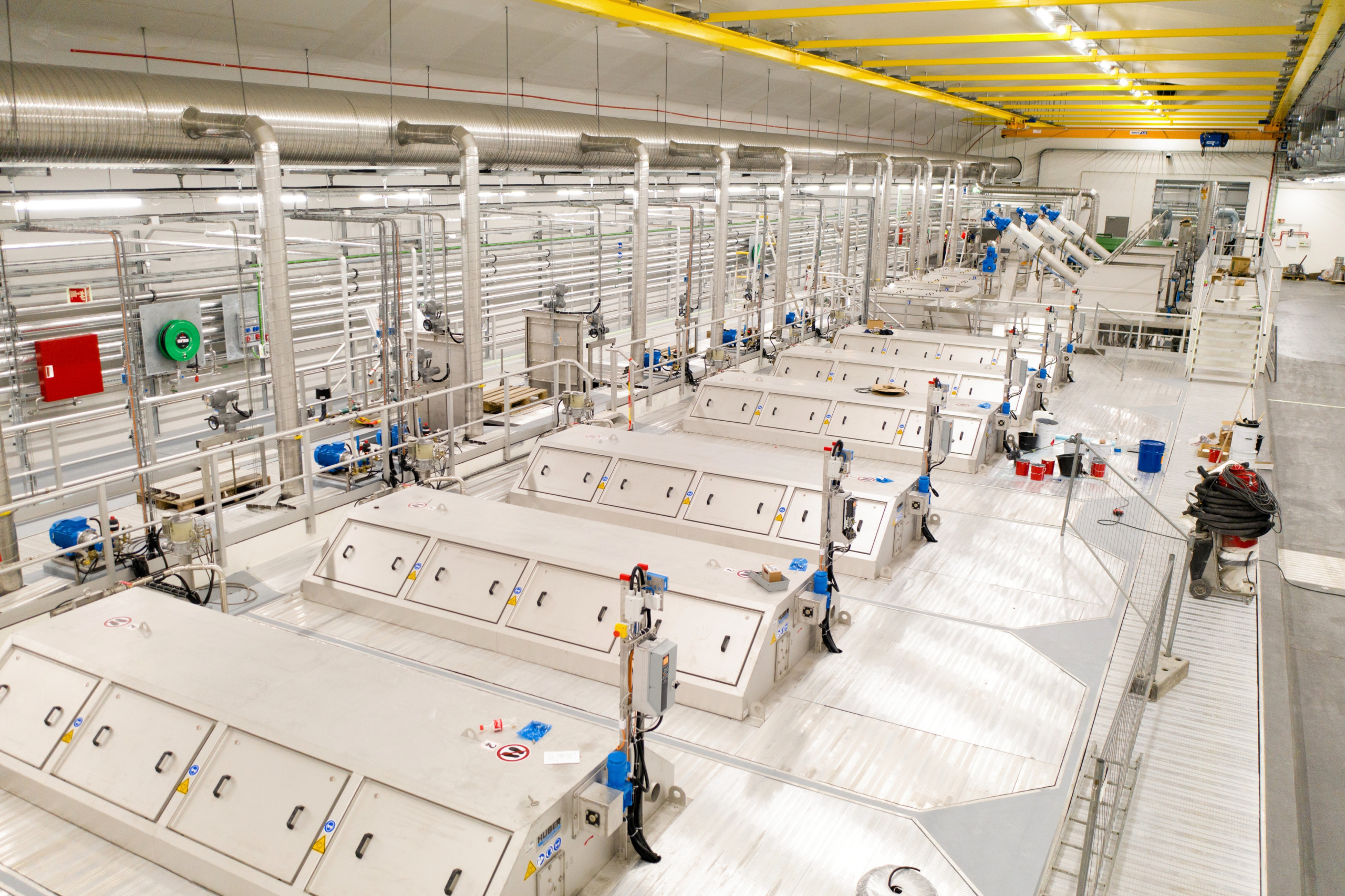Carbon removal with HUBER fine screening technology – a success story
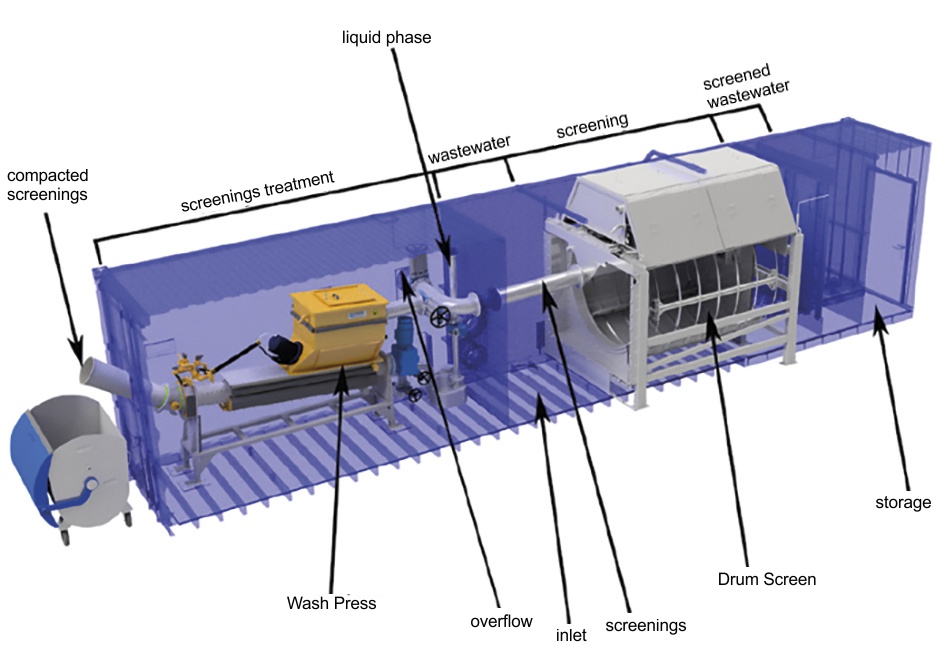
Development of innovative sewage treatment technology as a component for energy self-sufficient treatment plants

For the process changeover from aerobic to anaerobic sludge stabilisation fine screening systems represent a highly interesting alternative when it comes to reducing the solids loads in the biological treatment stage. Fine screening achieves better removal rates than a conventional primary settling tank but on a much smaller footprint and with significantly lower investment costs.
Changeover from aerobic to anaerobic sludge stabilisation reduces aeration costs by at least 20-25%. The reduction is achieved through removal of the carbon upstream of the biological treatment stage of the wastewater treatment plant, e.g. by building a preliminary settling tank or installing a HUBER fine screening system. Due to continuously increasing energy costs, changing from an aerobic to an anaerobic process frequently makes sense for sewage treatment plants for economic reasons.
The research project E-Klär (BMBF FKZ 02WER1319F) examines among other issues the "Increased gas yield through solids input". In cooperation with the research institution ISA (university of Aachen) and the water authority Ruhrverband processes for the removal of pollution loads in wastewater flows are tested on an industrial scale and analysed on a scientific level. HUBER supplies the mechanical equipment that is required to carry out the tests.
The central element of the research project are the 68 municipal sewage treatment plants operated by the Ruhrverband. These are plants of all sizes and cover a wide spectrum of different processes for sewage treatment. On many of them, whether bigger or smaller, block heat and power stations are installed to provide for the energetic use of the biogas that is generated by the anaerobic sludge stabilisation process. On most of these sewage treatment plants the electric and thermal energy is mainly used directly on site. The project with a duration of three years started at the beginning of 2015. Here is a summary of the test results:
Results of carbon removal with a HUBER Drum Screen LIQUID
The results of the tests carried out on two sewage treatment plants are presented in the following. The design size of the sewage treatment plants is 17,000 PE and 28,500 PE. On both plants, the HUBER Drum Screen LIQUID was operated for approximately five weeks, with different throughputs of up to 35 l/s. Both plants have installed a 6 mm preliminary screen and a conventional grit trap. The wastewater was taken from the channel downstream of the grit trap and pumped to the HUBER Drum Screen LIQUID. Figure 6 shows the HUBER Drum Screen LIQUID in compact design with (optional) downstream mechanical screenings thickening which is performed by a HUBER Wash Press WAP® liquid installed in a tank.
Samples marked "2-h" are two-hour random samples (composite samples) taken during the day, while samples marked "10 h" are ten-hour composite samples taken during the night. Additionally, time-proportional 24-hour daily mixed samples were taken and analysed.
The figure on the right show that an average total COD reduction of 51-57% and AFS reduction of 71-72% could be achieved on both sewage treatment plants with the use of a HUBER Drum Screen LIQUID. These results were achieved without adding polymer. The separation capacity of conventional primary settlement tanks with material residence times of 0.5 to 1 h is 25% COD reduction and 50% AFS reduction according to ATV A 131.
Sewage treatment plant 1 with 28,500 PE had a rate of external water of approximately 75%. This background explains the significantly reduced concentrations of AFS and COD in the inflow. Despite of the high rate of external water, more than 90% of all measurements showed a COD elimination of more than 50%. The low AFS concentrations could also be reduced by on average 72%.
On sewage treatment plant 2 with 17,000 PE, the inlet concentrations of > 600 mg/l COD are high compared to plant 1. The reduction achieved on this plant was 71% on average for AFS and 51% for COD.
These excellent outcomes result from the special functional principle of the HUBER Drum Screen LIQUID. The screen is equipped with a fine 0.1-0.3 mm stainless steel mesh. Due to these small apertures the screen retains even finer particles which could not be removed by primary sedimentation. Through screening alone, the HUBER Drum Screen LIQUID achieves results comparable to a conventional primary settlement tank. Due to the additional effect of deep bed filtration, however, the fine screen is able to remove much more COD and AFS from the wastewater flow than a conventional primary settlement tank. Deep bed filtration is enabled by the filter carpet that is formed inside the drum by the separated solidst.
Contrary to a primary settlement tank, it is possible to specifically influence AFS and COD removal efficiency of the drum screen by changing the mesh aperture of the screen.
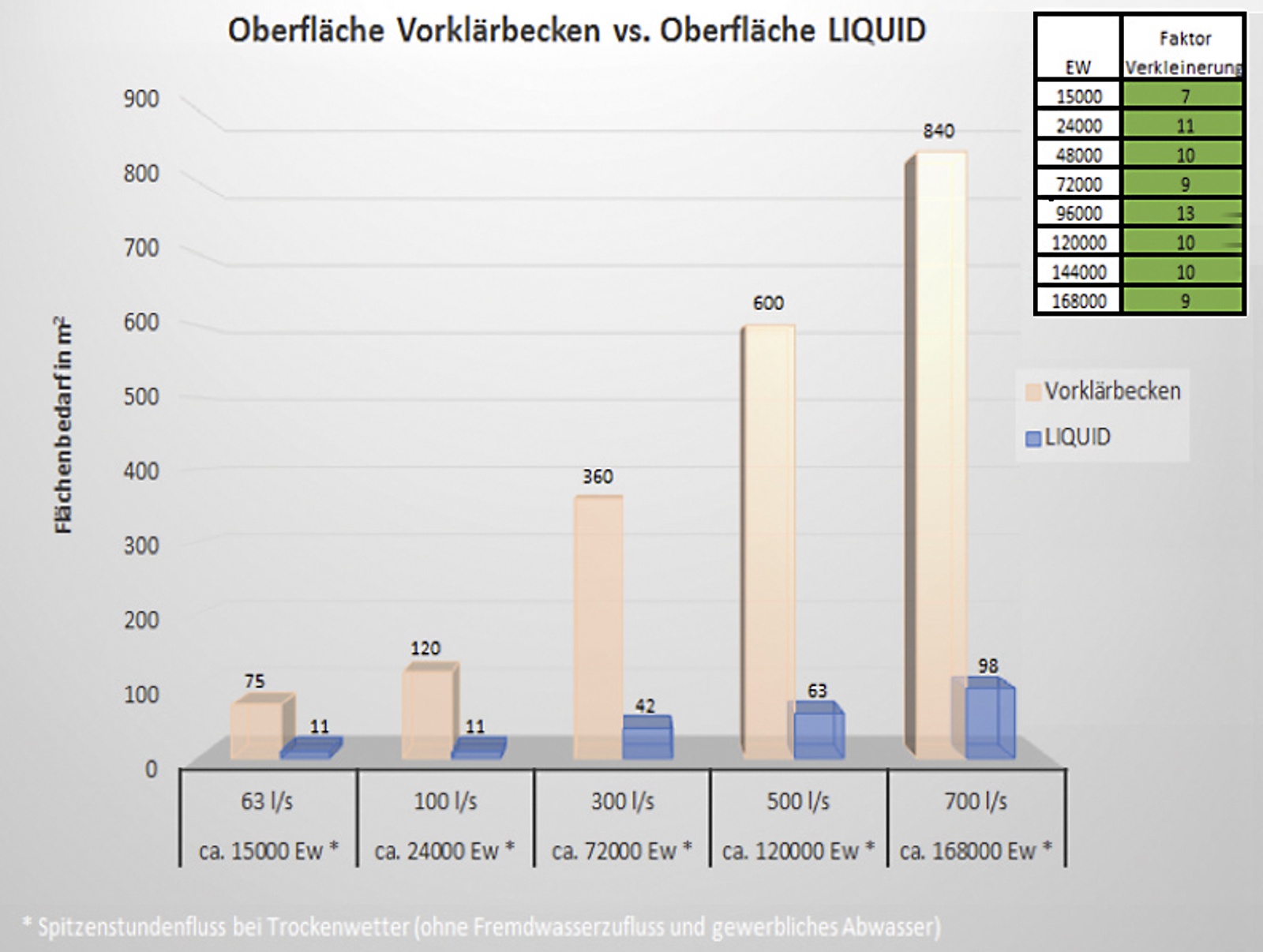

Depending on the specific length of the HUBER Drum Screen LIQUID, flow rates of up to 200 l/s per machine are possible. This allows for space-saving solutions when it comes to reducing the strain on overloaded sewage treatment plants or increasing the capacity of the plants.
Such a system is also suitable to be used if run-down aeration tanks need to be refurbished as one of several aeration tanks can be shut down during its refurbishment without any loss of capacity on the sewage treatment plant.
The installation of a HUBER Drum Screen LIQUID needs only about one tenth of the space of a primary settlement tank and is therefore perfect to be used as a replacement for the primary clarifier especially on sewage treatment plants where the available space is too limited to install a conventional primary settling tank (figure on the right).
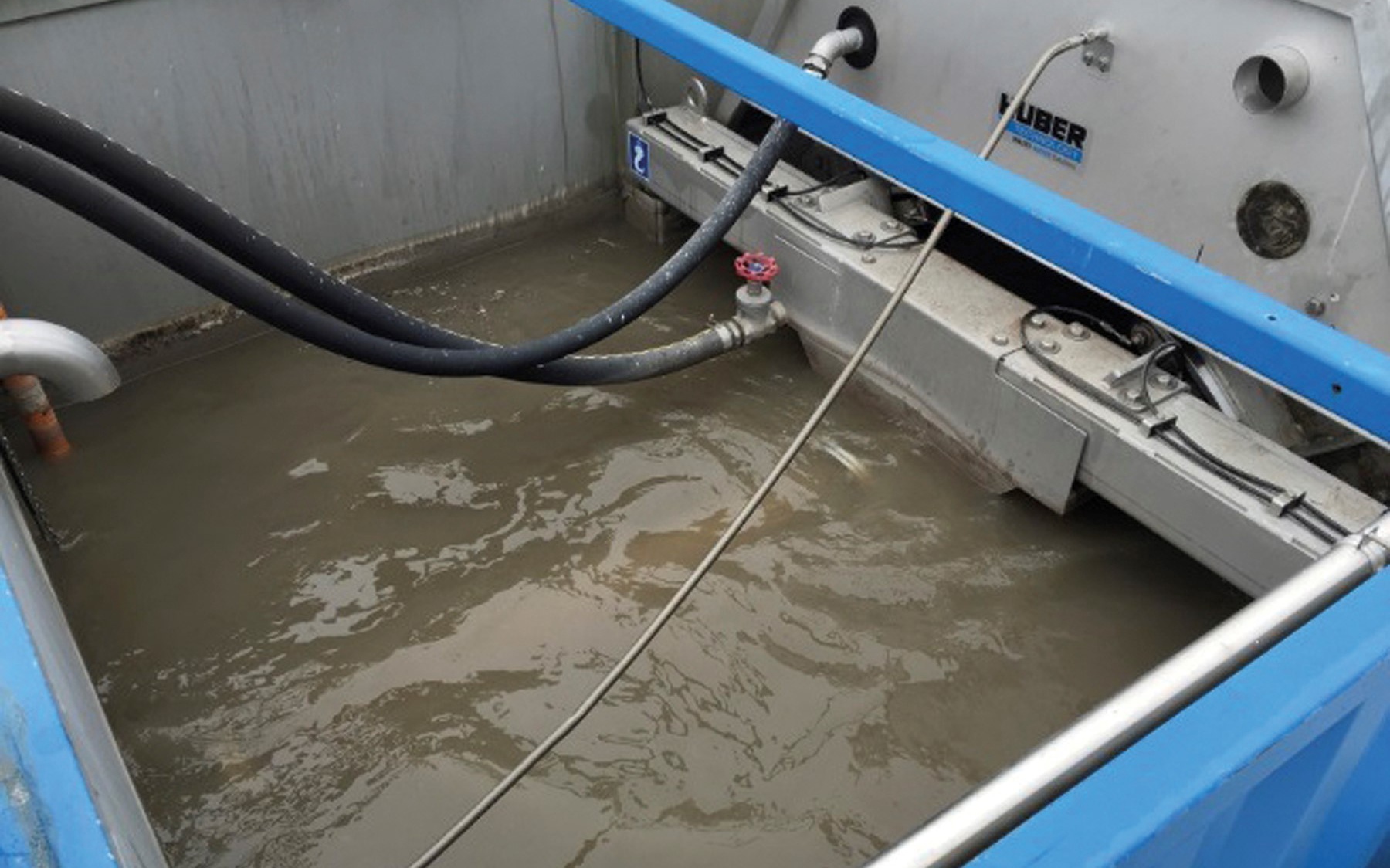
Process description of the HUBER Drum Screen LIQUID for carbon removal

To achieve the aim of mechanically reducing the loads in the bio-system and replace a primary settling tank, a HUBER Drum Screen LIQUID was used in place of a primary settling tank when changing from an aerobic treatment process to anaerobic treatment with sludge digestion. The HUBER Drum Screen LIQUID is a new development that has been designed on the basis of the operation principle of the traditional HUBER Rotary Drum Screen ROTAMAT® units.
The innovation uses external screenings treatment and allows for flexibility in location selection for the screenings predewatering system. The screenings can simply be flushed into the screenings press through a pipeline, against the direction of the wastewater flow from the drum screen. Furthermore, a trough with connected pipeline is installed inside the screen drum that provides an extremely flexible and easy solution for screenings transport to the HUBER Screenings Wash Press WAP® liquid. The maximum filter surface can be utilised due to the horizontal position of the screen drum and at the same time a very high maximum possible upstream level. Very high throughputs with excellent separation results can thus be achieved.
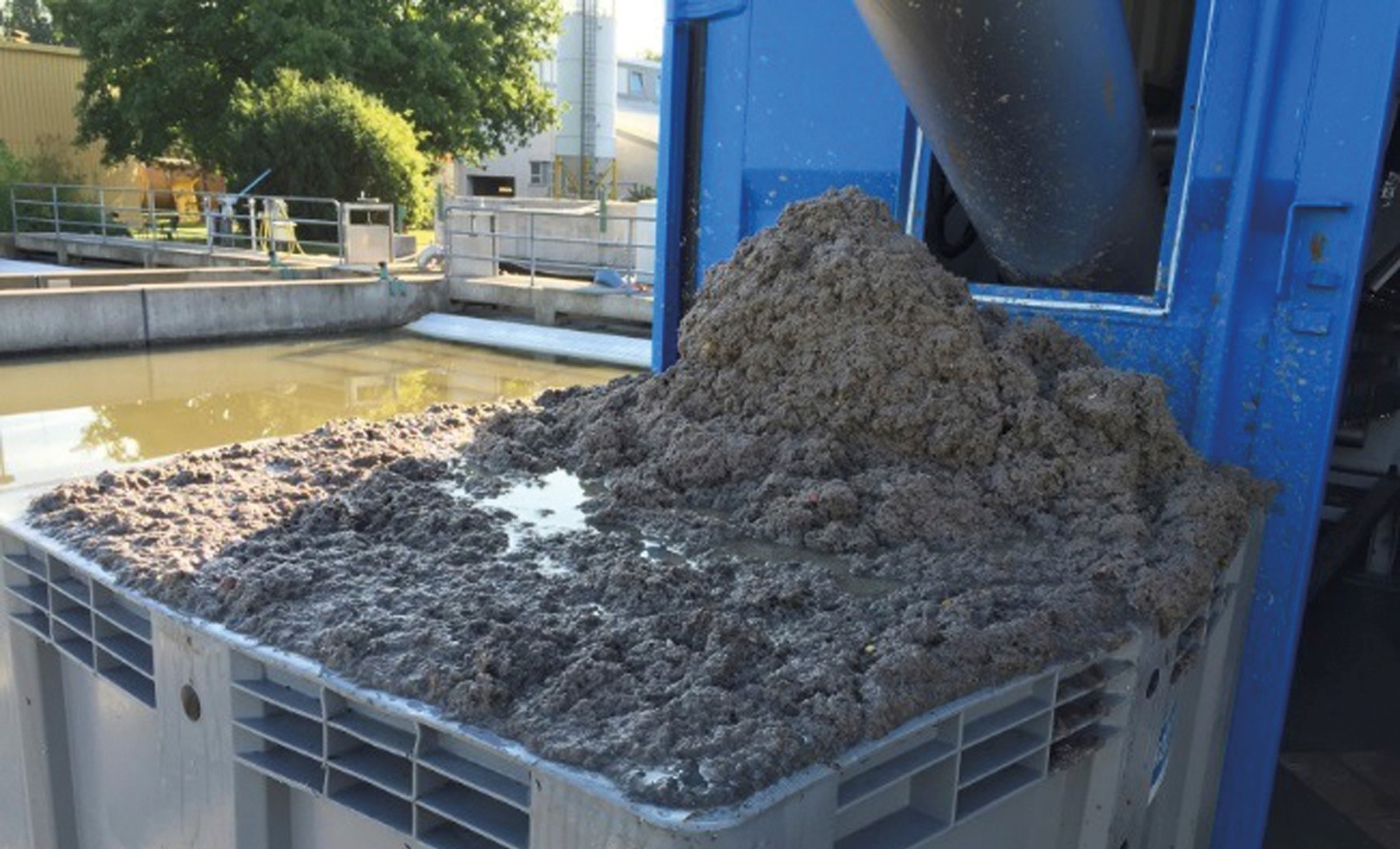
Options of Screenings Thickening

In the HUBER Screenings Wash Press WAP® liquid, which has especially been developed for the treatment of fine screenings, the generated screenings are predewatered to DS contents of up to 10% without the use of any polymers. The dewatering degree can directly be influenced as the HUBER Screenings Wash Press WAP® liquid is equipped with exchangeable perforated plates.
The screenings separated by the fine screen are flushed into the wash press through a gravity pipeline. A part of the liquid phase can drain off through the very fine perforated plate inside the wash press. In practice, a DS content of approx. 3-4% has turned out to be reasonable for the digester. The thickened screenings from the WAP® liquid can directly be delivered into the digester by means of an eccentric screw pump. As applicable, the sludge can alternatively be treated in a continuous thickener, or the primary and secondary sludge are thickened together. Owing to our extensive experience of the past years and the reliable operation principle of the Drum Screen LIQUID, it was possible once more to successfully develop an innovation for the future – another major step towards an energy self-sufficient sewage treatment plant.
